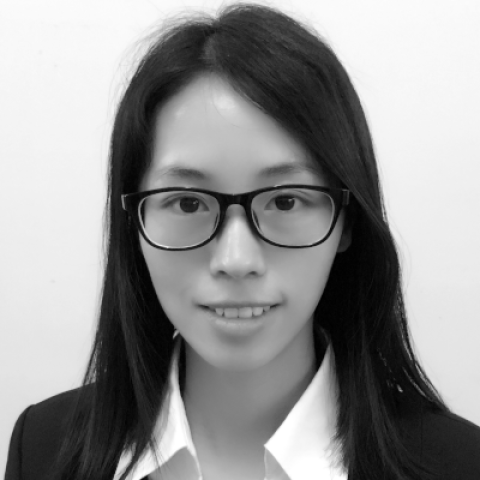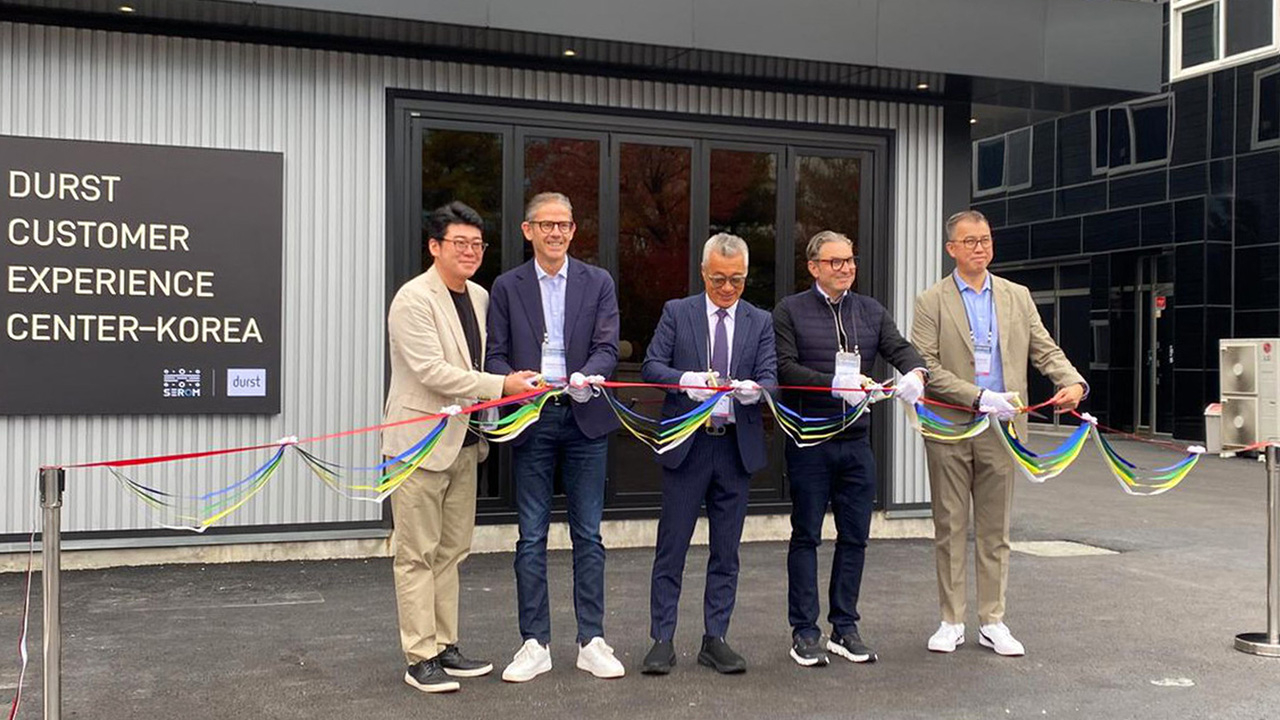New media and labels drive growth at Kaidun Printing
Kaidun Printing is using short video channels to reach new customers and grow its business as it invests in automated flexo technology.
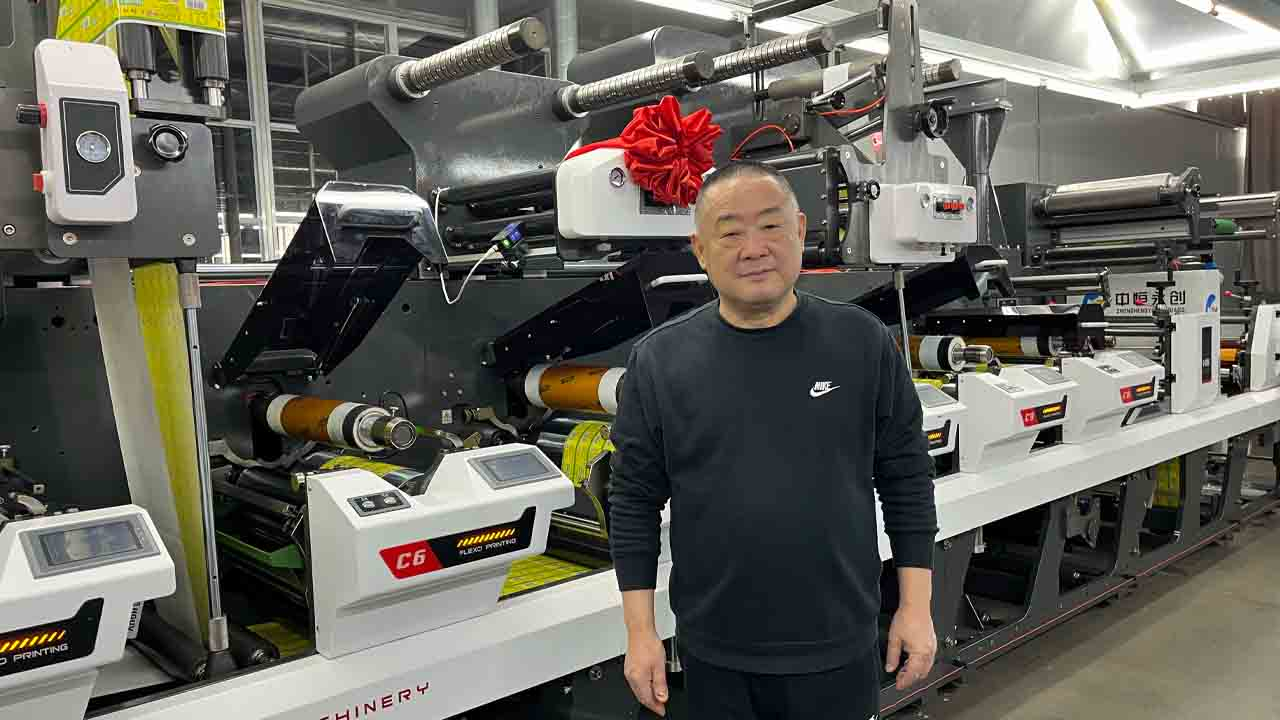
During the 28 years he has been in the print and consumables industry, Jiang Herun has shown an unremitting spirit of exploration and adaptation to fast-changing market conditions in China.
His journey has taken the company he founded in 1998, Kaidun Printing, from a consumables printer to printing logistics labels and bills, and finally to a full-scale converter of self-adhesive labels.
Early days
Jiang Herun has had a fascinating career trajectory. In his early years, he worked in a state-owned enterprise in the grain and oil sector. Later, he joined a joint-venture food company in Hong Kong.
During his time with the food processing company, one of Herun’s responsibilities was specifying printers, copiers and fax machines. With a keen business acumen, he sensed enormous potential in the printing consumables market.
After leaving the food company, Herun established his own operation to sell consumable products for office printers and fax machines.
Kaidun Printing is headquartered in Shanghai, and its production facility is in Danyang, Jiangsu Province, 250km from Shanghai.
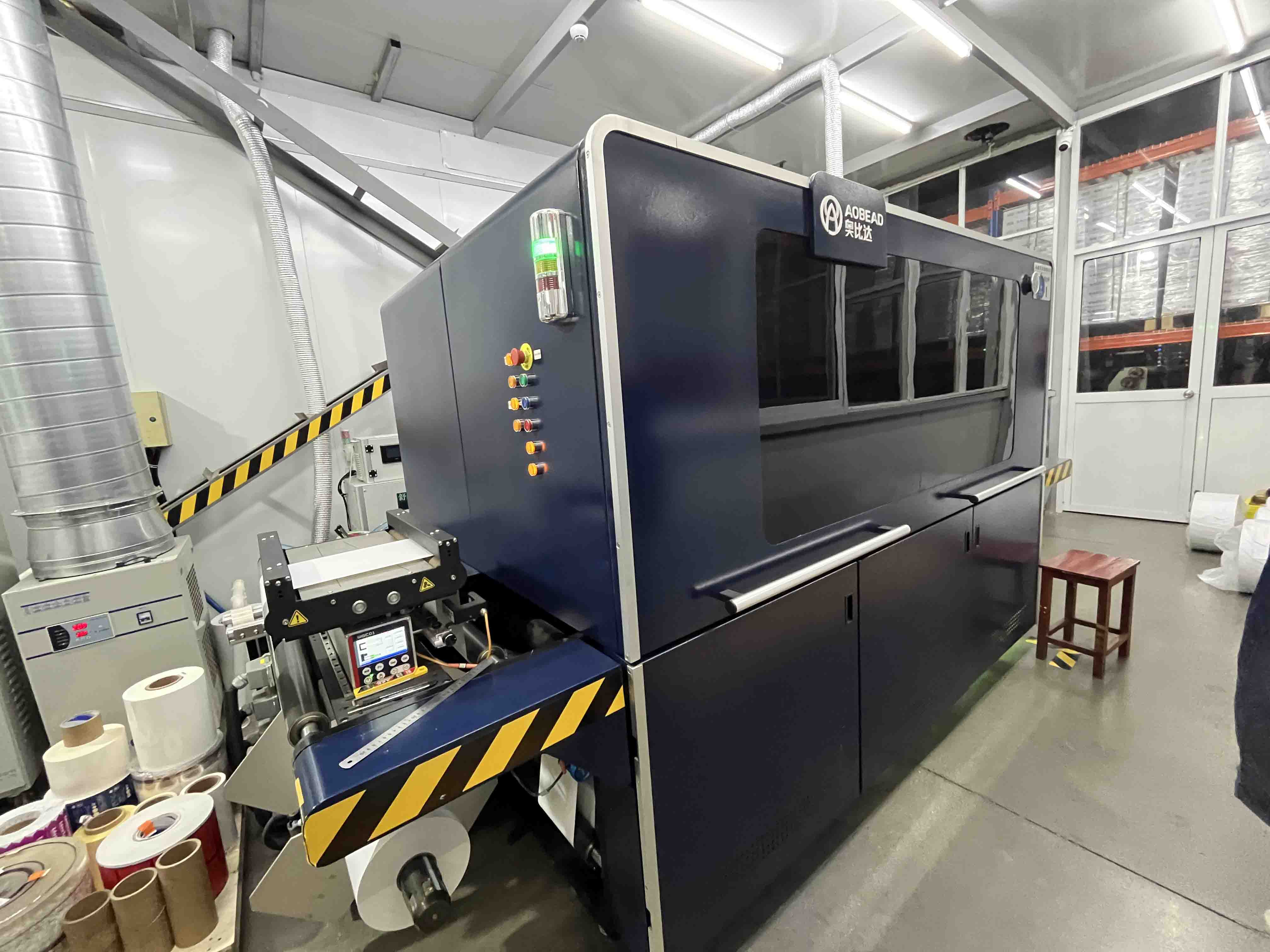
Between 2015 and 2016, Kaidun Printing supplied printer consumables like thermal paper rolls, laser printer toner cartridges and ribbons to the supply chain of well-known supermarkets such as Auchan and Carrefour (China).
In 2017, the company expanded its business, becoming a designated supplier to Sima Form, M&G and Sichuan Haidilao.
Challenges ahead
During these early stages of the company’s history, it could not be regarded as a printing company. The printing business developed gradually with changes in the market and customer needs, leading to the printing and converting of logistics labels and paper bills.
To meet these growing business needs, Kaidun Printing invested in a range of equipment, including letterpress, stack flexo presses, intermittent offset presses and die-cutting machines.
By this time, China’s e-commerce business was booming, and the express delivery industry rapidly developed a huge demand for logistics labels. Kaidun Printing seized this opportunity, and the company began a period of further rapid growth.
However, as more enterprises entered the market, competition in the logistics label business became increasingly fierce, relentlessly driving down the prices and the associated profit margins.
Faced with such severe market challenges, Kaidun Printing urgently needed to explore new business areas to find more profitable development opportunities.
From 2022 to 2024, the number of new customers through the short video channel has tripled, reaching as many as 1,200
This was especially true after the Covid-19 pandemic, when Herun realized exposure to a single product makes an enterprise extremely vulnerable to risks. Long-term growth required a diversified business.
Kaidun Printing, therefore, expanded the label printing side of its business. It purchased a Zonten intermittent offset press and a Pulisi Aobead digital press to provide a solid hardware base to explore new business opportunities.
Today, prime label printing accounts for 30 percent of the company’s total business volume. Together with the cash-register paper and bill businesses, this now constitutes the company’s third major business pillar.
Although Kaidun suffered short-term losses during the Covid-19 pandemic, the company achieved slight business growth in 2024 thanks to these new business strategies and the hard work of its employees. By the end of the year, the company’s annual output value exceeded 100m RMB (13.7m USD), demonstrating strong resilience and development potential.
Kaidun Printing has always prioritized quality. In 2015, the company obtained ISO:9001-2008 quality management certification and ISO14001 environmental management certification.
In-line flexo
Today, China’s label printing industry has entered a slower growth stage, reflecting the broader slowdown in China’s overall post-pandemic economic recovery. This has led to a new period of ferocious competition. Label converters like Kaidun Printing have survived by improving efficiency and reducing costs. Automation of equipment is a crucial step in this regard.
In January 2025, the company installed its first in-line flexo press, a Hongsheng SFLEX 450B.
Explains Herun: ‘Currently, long-run orders don’t account for a high proportion of our business, but fulfilling these orders is a big problem for our existing equipment because of the slow speed and low efficiency, which not only delays delivery but also makes it difficult to deliver other small and medium-run orders on time. To solve this dilemma, we decided to introduce new and more automated equipment.’
He reveals that the new press was successfully installed and debugged before the Chinese Lunar New Year, a major national holiday, to help the company handle some urgent orders, effectively alleviating production pressure.
Talking about why he chose the Hongsheng machine, Herun says: ‘Hongsheng has been one of our most important suppliers since our establishment. Our first logistics label press was a Hongsheng stack-type flexo press. During that long-term cooperation, we established a solid foundation of trust. The Hongsheng technical support team demonstrated high professionalism, with timely responses and proper handling of any issues. This is an important reason we chose to cooperate with Hongsheng again and introduce the SFLEX 450B press.’
Enterprises must always maintain a keen insight into market trends, adapt to changes in market demand, and promptly and flexibly adjust their business strategies
The new press brings many positive benefits to the company, says Herun. ‘It significantly shortens the production cycle for larger orders with its high-speed operation, and its advanced color management technology achieves more accurate color matching. This enables our company to meet the strict quality requirements of new high-end label products.
‘In addition, the new equipment performs well in energy consumption and emissions reduction,’ he continues. ‘Its compact design generates less waste during makeready, which meets our sustainability goals.’
New media channel
Herun is confident about the future of China’s label printing market. Currently, per capita PS label consumption in China is less than 5sqm, while in developed countries it reaches 15 to 20sqm per capita. Therefore, I believe that the label printing industry in China has great potential.’
Kaidun Printing’s label converting business now covers the entire country, making finding new business in the traditional face-to-face way difficult.
Anticipating this, Herun proactively joined well-known domestic e-commerce platforms such as Tmall, Taobao, JD.com and Alibaba, vigorously expanding the company’s online business as early as 2015.
This forward-looking move enabled Kaidun Printing to gain the upper hand in the surging wave of e-commerce development.
The expansion of its online business broke through traditional geographical limitations and brought many new orders to the company.
Kaidun Printing has achieved remarkable results in expanding into overseas markets. In 2010, the company established an office in Australia; in 2014, it reached a strategic cooperation with CAS, a South Korean enterprise.
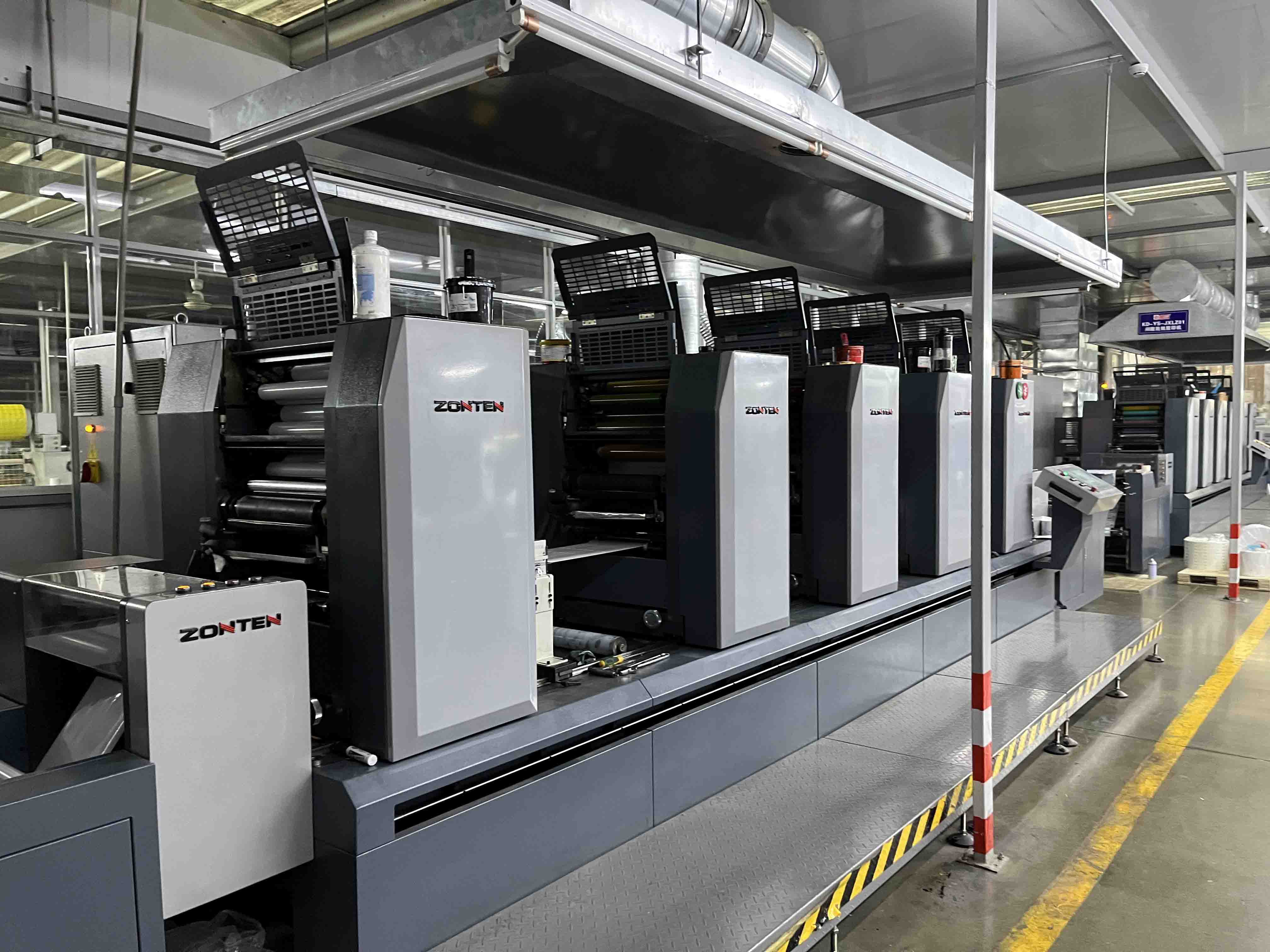
Currently, the company’s overseas business accounts for 30 percent of turnover.
After years of development, Kaidun Printing has successfully established a comprehensive sales network in domestic and international markets, covering offline and online channels.
In 2022, traditional e-commerce channels in China began experiencing sluggish growth. Herun came upon a channel showcasing short video promotions and quickly sensed the vast business opportunities they presented.
Continuing to explore new trends, Herun went to Shenzhen to participate in professional new media training and quickly started recording short videos.
Surprisingly, in less than a week, customers began inquiring through this video channel. Herun was convinced that this was a development path worthy of in-depth cultivation.
Kaidun Printing then established a video team, successfully creating a professional media customer acquisition matrix.
Herun shares: ‘From 2022 to 2024, the number of new customers through the short video channel has tripled, reaching as many as 1,200. This has generated 21 million RMB (2.88m USD) of business, accounting for 12.5 percent of our total business in 2024.’
Continues Herun: ‘Short videos are a highly promising new customer acquisition channel, providing a new path for enterprises to expand their markets and reach customers. As a manufacturing enterprise, there is nothing wrong with actively embracing this new media to enhance brand awareness and attract more potential customers.’
‘At the same time, converters need to keep investing in new technology and increasing overall production efficiency, while looking for potential opportunities to diversify into more profitable market sectors,’ says Herun.
‘Enterprises must always maintain a keen insight into market trends, adapt to changes in market demand, and promptly and flexibly adjust their business strategies, especially in today’s rapidly changing business environment.’
Stay up to date
Subscribe to the free Label News newsletter and receive the latest content every week. We'll never share your email address.
